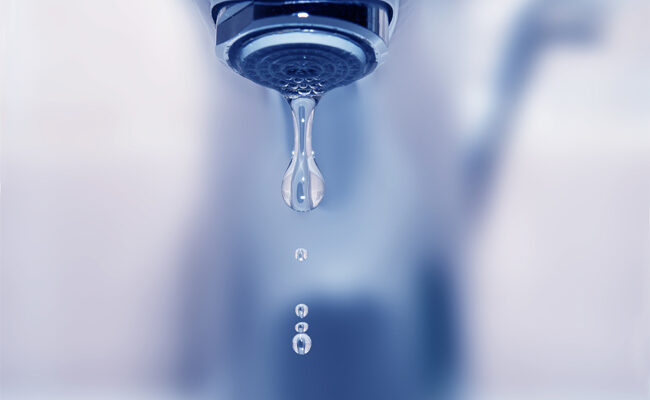
From ones you can fit in your fridge, to others used on an industrial level, water filters make up an important part of our water consumption.
Of this, we can be thankful, as the increasing amount of contaminants in our water for various reasons is enough to take the matter seriously. But if you are interested in the different types of water filters for your whole home or just for everyday consumption one look online can leave you confused.
That’s why we have put together this brief guide to help you better understand the wonderful world of water purification.
Water Pitcher Filter
The water pitcher filter is probably the most common type of water filter that we are all familiar with. They are a great, cheap, and easy way to have filtered water in your home.
They work by tap water passing through a filter which can be made of carbon or mixed media of a carbon block and a sediment filter.
While very easy to use, there is a restriction on the amount that you can get from them, with most pitchers capable of only providing 6-10 glasses of water. Larger tanks are available that are usually fitted into fridges with a nozzle function.
Faucet Filters
The other type of end of the linewater purification that most consumers will be aware of are faucet filters. These contraptions fit onto a faucet, providing the advantage over water pitcher filters in being able to give constant filtered water at the flick of a switch.
Again, our friend carbon is providing the filtration, here in block form, combined with an absorbent mineral called zeolite. This happens after it passes through a non-woven screen.
The only downside comes with their aesthetic appeal. Their often cumbersome design can get in the way and aren’t too easy on the eye.
Reverse Osmosis Filtration
Moving onto the types one filters a larger amount of water in, a reverse osmosis system is particularly effective at providing very clean water. RO is one of the few types of water filters that can have a micron filter rating of up to 0.0001. This means that it is even able to filter out bacteria and other microorganisms.
They work by gravity pulling the water through a semi-permeable membrane. The result is pure water on the other side, although wastewater is left on the other side of the filter that also needs to be drained out.
Afterward, there is nothing more to do than store the pure water for later consumption.
Carbon Water Filters
While carbon is used in a variety of different types of water filters, there are some filters carbon is the main component. Carbon is so effective because it can absorb contaminants extremely well, even chlorine leading to great tasting water.
There are two main varieties, the Activated Carbon Block (ACB) or Granular Activated Carbon (GAC). While water passes through both, ACB filters tend to be better at filtering out more than GAC filters, however, due to the density they take more time to do so.
Different Types of Water Filter Made Clear
We hope that our explanation of the different types of water filter help to demystify the many options out there.
If you want more detailed breakdowns of the things that come across on a daily basis, then be sure to do a deep dive into the many explainer articles on our site!
Leave a Reply